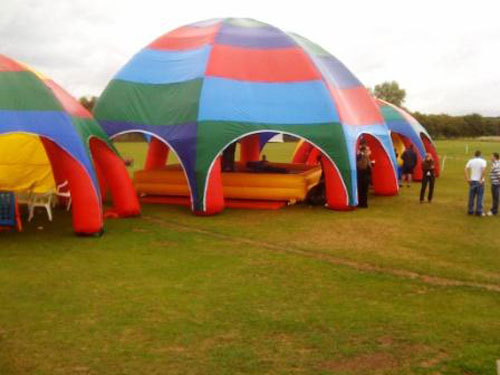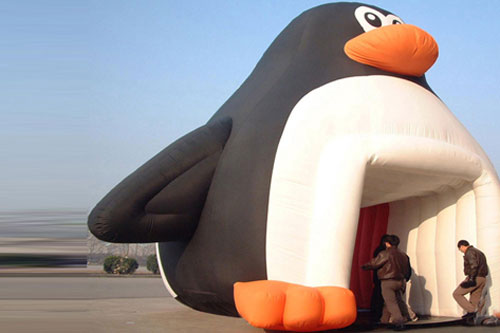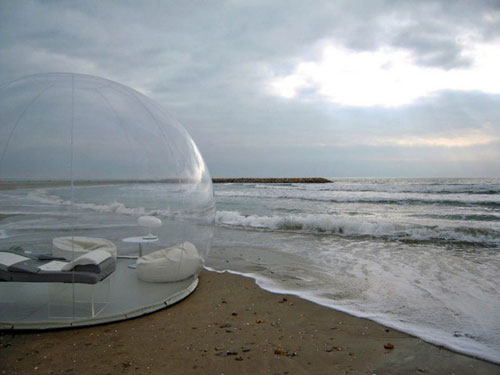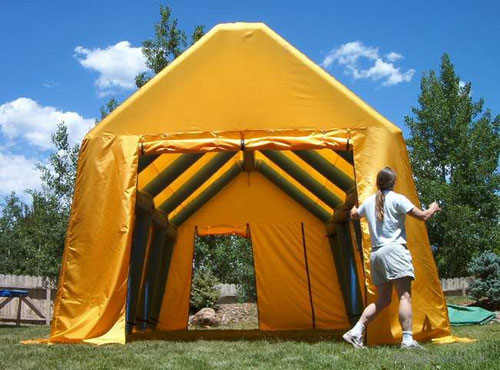Menu Info
Inflatable tent use and precautions

Content:
Compared with traditional tents, inflatable tents are lighter in weight, smaller in size, more convenient to transport. The key to this is the erection and use of inflatable tents, which is simpler and more convenient than traditional tents.
The use of inflatable tents is very simple. Whether it is large or small, inflatable tents can be built and disassembled by 1-2 people. The high-pressure air pump equipped with inflatable tents can be built in 15 minutes. The appearance of the tent is creative, high-end, so it is suitable for a variety of outdoor activities, living and other aspects.

First of all, let's talk about how to build. Unpack the packaged inflatable tent, then tiling the floor and take out the accessories, such as: electric air pump, dingding, drawstring, maintenance kit.
When you are ready, find the valve on the the inflatable and connect the air pump, open the electric to inflate the inflatable tent until it is fully standing. (Two inflatable valves, please check if the other inflation valve is tightened when inflating, otherwise it will be inflated and deflated in the same time.) In the case of relatively large winds, it is necessary to use a nail pull rope to fix the inflatable tent.

The construction is simple and the disassembly is not difficult. First remove the nail pull rope that fixes the inflatable tent, then unscrew the valve and naturally deflate until the tent collapses. Natural gas deflation and a lot of gas is difficult to discharge, so the deflation valve of the inflatable tent should come in handy at this time, connect the air pipe of the air pump and the deflation valve, and pump the gas outside. The inflatable tent is folded and packed.

Of course, there are a lot of precautions for inflatable tents. It is the best way to extend the life of inflatable tents by putting these precautions on your mind. Before the inflatable tents are built, the terrain must be carefully surveyed. There should be no rolling stones, rolling wood and weathered stones above the camp. Do not build tents near river banks and dry river beds during the rainy season. In addition, in order to prevent lightning strikes, do not build tents on the top of the mountain or in the open field; when installing on mud or sand, you can dig trenches around the tent to ensure the dryness of the ground inside the canopy.

The construction is simple and the disassembly is not difficult. First remove the nail pull rope that fixes the inflatable tent, then unscrew the valve and naturally deflate until the tent collapses. Natural gas deflation and a lot of gas is difficult to discharge, so the deflation valve of the inflatable tent should come in handy at this time, connect the air pipe of the air pump and the deflation valve, and pump the gas outside. The inflatable tent is folded and packed.
